Your Trip, Your Way
Pick from our curated packages for an easy start, or work with our specialists to design a custom itinerary that fits your group perfectly.
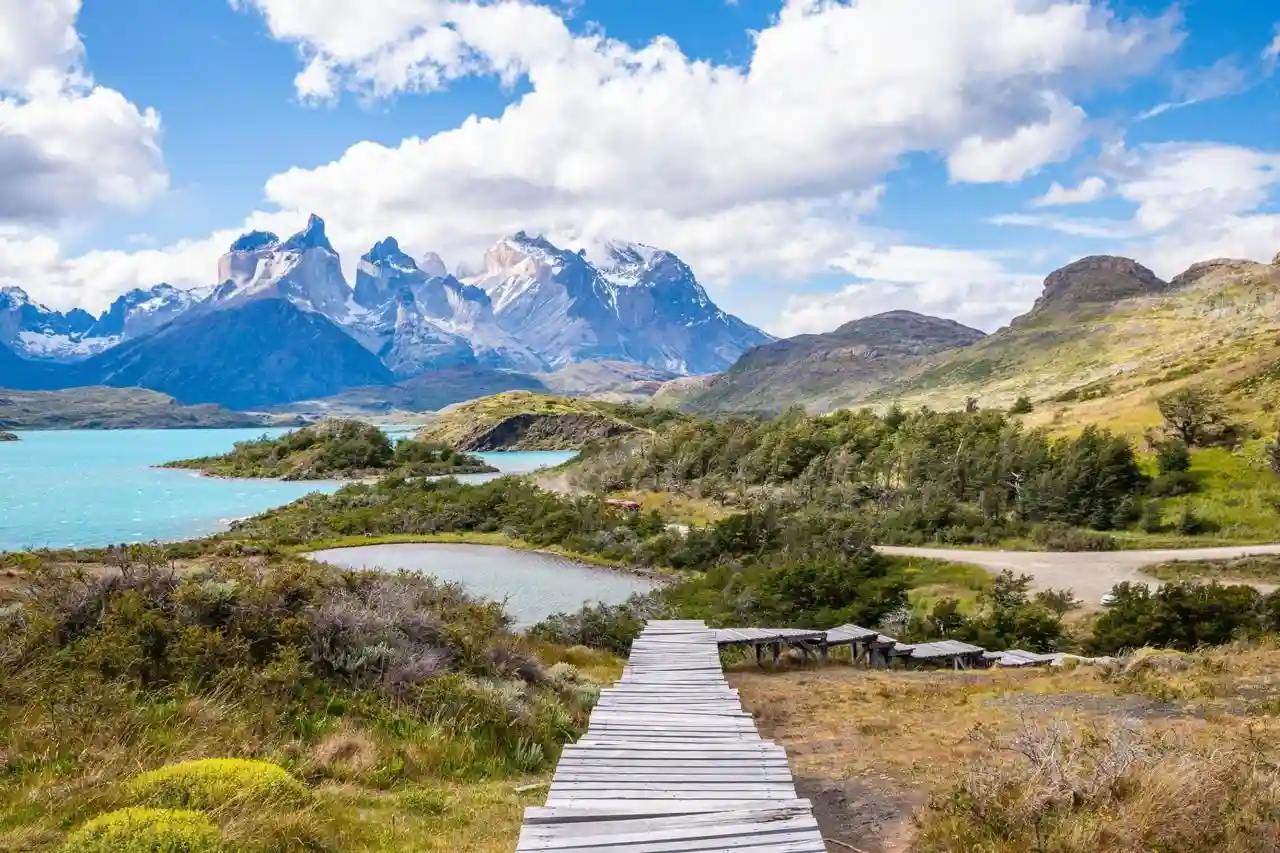
Planning a trip to Patagonia is a dream for many adventure seekers, and for good reason. Patagonia – the wild, windswept region at the southern tip of South America – offers towering granite peaks, massive glaciers, and endless opportunities for hiking and exploration. Spanning both Argentina and Chile, it’s a vast area that rewards thorough planning.
This Patagonia travel guide will walk you through everything you need to know, and you’ll find answers to all those burning questions you have here. By the end, you’ll have a clear roadmap for Patagonia trip planning – whether you’re designing your own journey or considering Patagonia multi-day tours with experts.
Let’s roll!

Reviewed with our Argentina specialist to ensure local cultural and travel insights.
Patagonia’s fame comes from its almost mythical natural beauty and remote, wild character. It’s often called the “end of the world” – the southernmost place on Earth that humans can easily reach. The region is shared by Argentina and Chile and boasts some of the most dramatic landscapes on Earth, including towering Andes mountains, massive glaciers, turquoise glacial lakes, windswept steppes, and fjords.
Therefore, Patagonia has long been legendary for adventurers seeking unspoiled nature, and today it remains a bucket-list destination for hikers, wildlife lovers, and anyone planning a trip to Patagonia in search of raw natural beauty at the edge of the world.
Patagonia’s seasons are opposite to the Northern Hemisphere. The austral summer (December through February) is the peak travel season, offering the mildest weather and long daylight hours.
Spring (October–November) and fall (March–April) are excellent shoulder seasons for visiting Patagonia. You’ll enjoy good weather with fewer crowds. Winter (May–Sept) is Patagonia’s off-season – cold and with limited services.
In summary, the best time to go to Patagonia is late spring through summer (October/November to February) for the best weather.
Note: If you’re planning a trip to Patagonia, be prepared for rapidly changing weather whenever you go. Patagonia is notorious for its four-seasons-in-a-day climate. So, make sure you pack for all conditions.
One of the first questions when planning a trip to Patagonia is how many days to allocate. The answer depends on what you want to see – and how much time you can spare – but generally, the more time, the better for this vast region. Patagonia spans thousands of square miles, and travel between highlights can be time-consuming, so you’ll want at least a week to get a taste of it.
Plan on a minimum of 7 days in Patagonia to justify the long journey there. If you have less than 7 days, it’s wise to focus on one area rather than trying to see it all. For a comprehensive Patagonia experience, 10 days to 2 weeks is ideal.
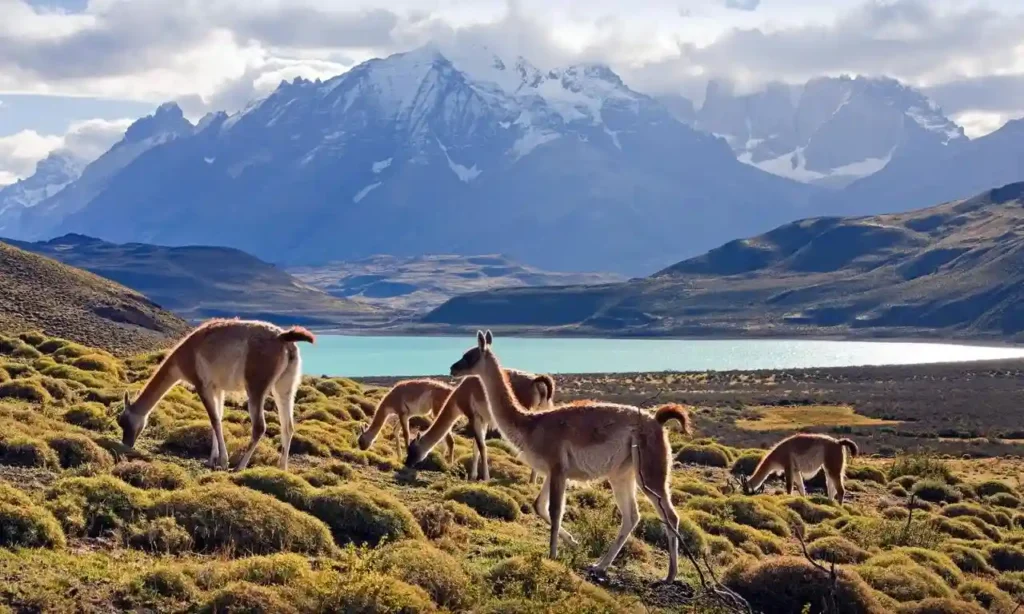
Patagonia spans two countries, and travelers often ask which side is “better” – Chilean Patagonia or Argentine Patagonia? The truth is, both sides of Patagonia are incredible, each with its own highlights, and if time and budget allow, it’s ideal to experience a bit of both.
Argentine Patagonia is larger in area and offers a wider variety of easily accessible regions to explore. On the Argentina side, you have famous highlights like Los Glaciares National Park, the Lake District around Bariloche with its alpine scenery, the Atlantic wildlife coast, and Tierra del Fuego with Ushuaia, the world’s southernmost city.
Plus, the Argentine side has more infrastructure in terms of domestic flights and roads connecting key towns, meaning you can cover long distances relatively quickly by flying from one region to another.
Chilean Patagonia, on the other hand, is a bit more fragmented geographically (the Chilean part of Patagonia is narrower and broken by fjords). It is renowned for some truly iconic natural wonders – foremost among them, Torres del Paine National Park, often considered the crown jewel of Patagonia, with its towering granite spires and the famous “W Trek.”
Chilean Patagonia also includes the Carretera Austral and the fjords and channels of southern Chile. So, when planning a trip to Patagonia, is it better to go to Patagonia in Chile or Argentina? It really depends on your interests and timeframe.
Getting to Patagonia typically involves flying into a gateway city in the southern parts of Chile or Argentina, since distances are huge and overland travel from capital cities would take days. Most international travelers start via Buenos Aires (Argentina) or Santiago (Chile) – these big cities have major airports with connections onward to Patagonia.
From Buenos Aires, you can catch domestic flights 3.5–4 hours south to hubs like El Calafate (FTE) in Argentinian Patagonia or Ushuaia (USH) in Tierra del Fuego.
From Santiago, Chile’s capital, you can fly about 3.5 hours to Punta Arenas (PUQ) in southern Chile, which is the primary airport for the Torres del Paine/Puerto Natales region. Aside from flying, it is possible to reach Patagonia by land, but distances are huge. There are long-distance buses from Buenos Aires to Patagonia. There are also occasional ferry/cruise options, but these are more niche and time-consuming ways to arrive. However, for most travelers planning a trip to Patagonia, flying is the most convenient and fastest way to get to Patagonia.
Once you’ve arrived in Patagonia, how do you travel between the key destinations? This is a crucial element of Patagonia trip planning because the region is vast and sparsely populated. There are hundreds of miles between major sights, and the Andes or fjords often lie between them, so planning transport is essential.
For covering long distances within Patagonia, domestic flights are a huge time-saver. Argentina is well-served by flights connecting its Patagonian cities. Once you’re in a given area of Patagonia, buses and shuttles are a popular way to get around. Long-distance buses in Patagonia are reliable, comfortable, and widely used by locals and backpackers alike.
Tip: Keep your passport handy for border control when crossing countries by bus.
Another fantastic way to get around is by renting a car. Self-driving in Patagonia gives you maximum freedom – you can stop for photos, detour to less-visited spots, and set your own schedule. Just be prepared for occasional gravel roads, unpredictable weather, and long stretches between gas stations.
That said, if you prefer to avoid the logistical stress of planning a trip to Patagonia, dealing with permits, or navigating remote roads solo, private tours and transfers are an excellent—and often underrated—way to experience Patagonia. A private tour allows you to cover long distances comfortably while still enjoying a personalized itinerary, and you can also explore our all-inclusive South America travel packages that feature Patagonia highlights along with other must-see destinations.
Absolutely – you can definitely travel to Patagonia on your own. In fact, Patagonia is a very popular region for independent travelers and backpackers, and it’s generally safe and well-trodden enough for solo travel. The region is “highly prepared for international tourism,” and you will not be alone out there unless you choose to be.
Yes, Patagonia can be a fantastic destination for families, including those with children, especially if your family enjoys nature and outdoor activities. While the region is known for trekking and adventure, it’s not exclusively for hard-core explorers. Many of its wonders are accessible in a family-friendly way, making it well worth considering if you’re planning a trip to Patagonia with kids in tow.
In fact, Patagonia is often described as one giant natural playground, “an outdoor adventure park where the theme is nature, mountains, glaciers, and icebergs,” offering activities suitable for all ages.
Pick from our curated packages for an easy start, or work with our specialists to design a custom itinerary that fits your group perfectly.
Now let’s have a look at the bucket-list natural attractions that you shouldn’t miss when planning a trip to Patagonia.
This glacier is the poster child of Patagonia and a must-see for any traveler. Easily accessiblefrom El Calafate, Perito Moreno is a massive glacier 30 km long and 5 km wide, with a 60-meter-high electric-blue ice face that you can view up close from walkways.
What makes it extra special is that it’s one of the few glaciers in the world still advancing, and it periodically calves with a thunderous crash – an absolutely thrilling sight if you’re lucky enough to witness it.
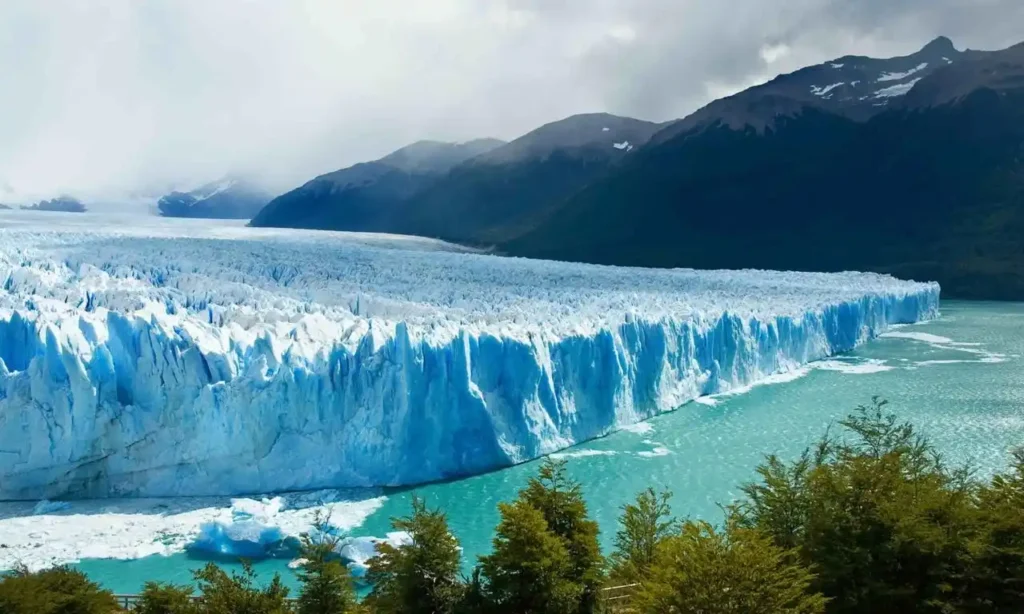
Often considered the trekking capital of Argentina, El Chaltén is a small mountain town that sits beneath the spires of the Fitz Roy massif. Fitz Roy’s jagged peaks, which look like shark’s teeth piercing the sky, have become an emblem of Patagonia. The hikes here are world-class.
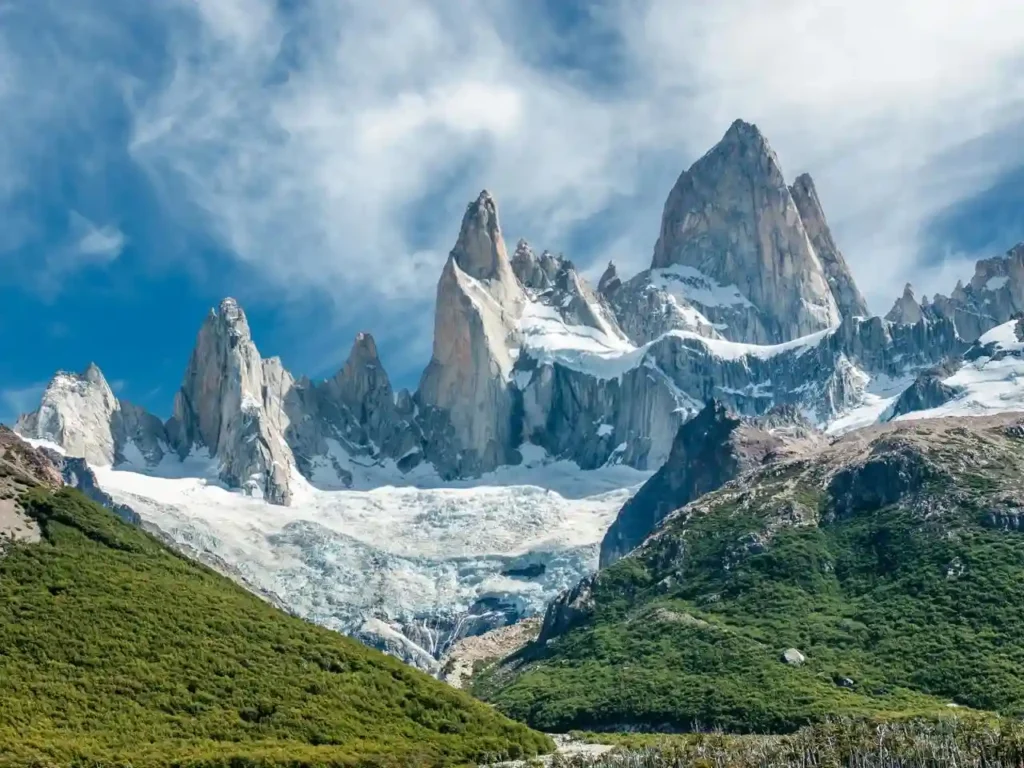
This tourist-friendly town on the shores of Lake Argentino is the main base for visiting Perito Moreno Glacier. El Calafate itself is a charming small town worth spending an evening in – stroll down the main street (Avenida del Libertador) lined with shops and try the local calafate berry ice cream (legend says eating the calafate berry means you’ll return to Patagonia!).
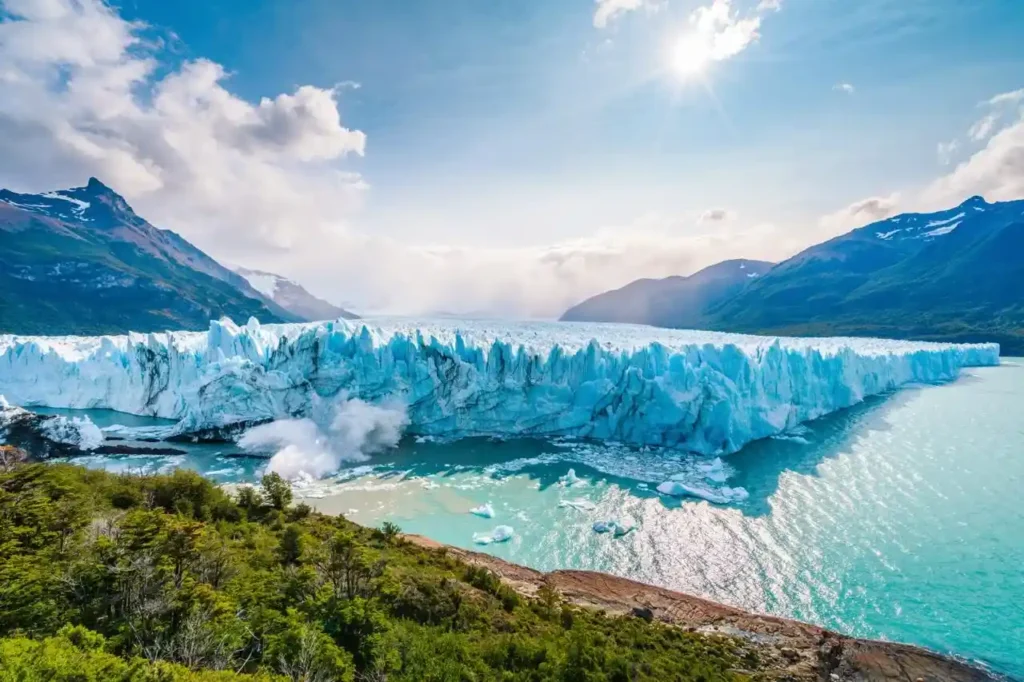
As mentioned earlier, Ushuaia is famously known as “El Fin del Mundo” – the End of the World, the southernmost city on the planet. Situated on the Beagle Channel and backed by snowcapped peaks, Ushuaia is a unique mix of frontier town and tourist hub (it’s also a departure port for Antarctic cruises). From Ushuaia, you can take a boat tour into the Beagle Channel to see islands teeming with Magellanic penguins, sea lion colonies, and seabirds – a must-do for wildlife enthusiasts.
Tierra del Fuego National Park is just a short drive from town, offering easy hikes through lenga forests and along scenic bays; you can even ride the “Train to the End of the World” – a historic steam train that once served the prison colony here. Don’t miss standing by the iconic Fin del Mundo (“End of the World”) sign for a fun photo op.
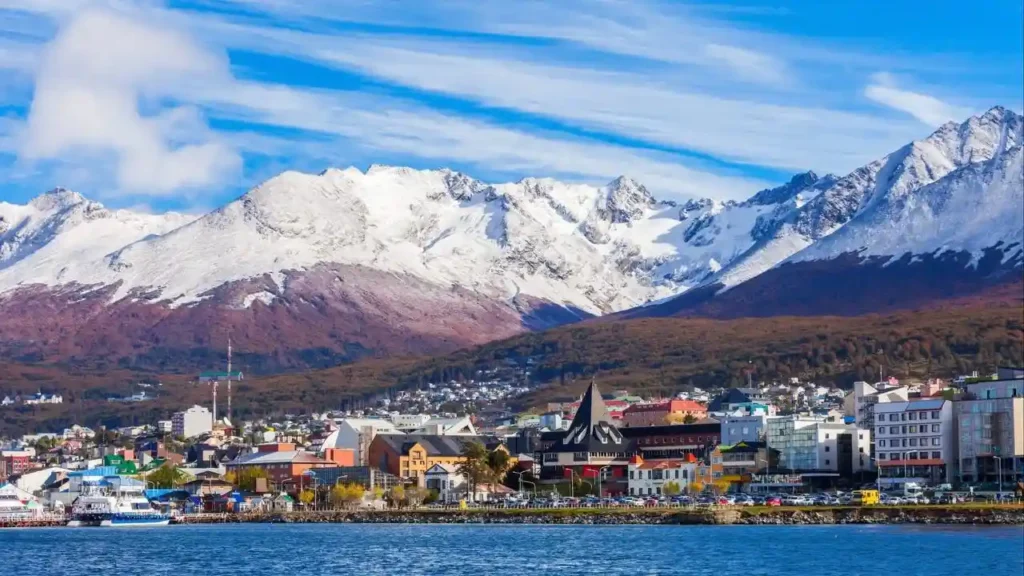
On the Atlantic side of Patagonia, Península Valdés is a UNESCO World Heritage site and one of the world’s great wildlife sanctuaries. If you’re planning a trip to Patagonia and love wildlife, don’t miss Valdés, especially if visiting during whale season. Between June and December, the waters around Valdés are the breeding ground for southern right whales.
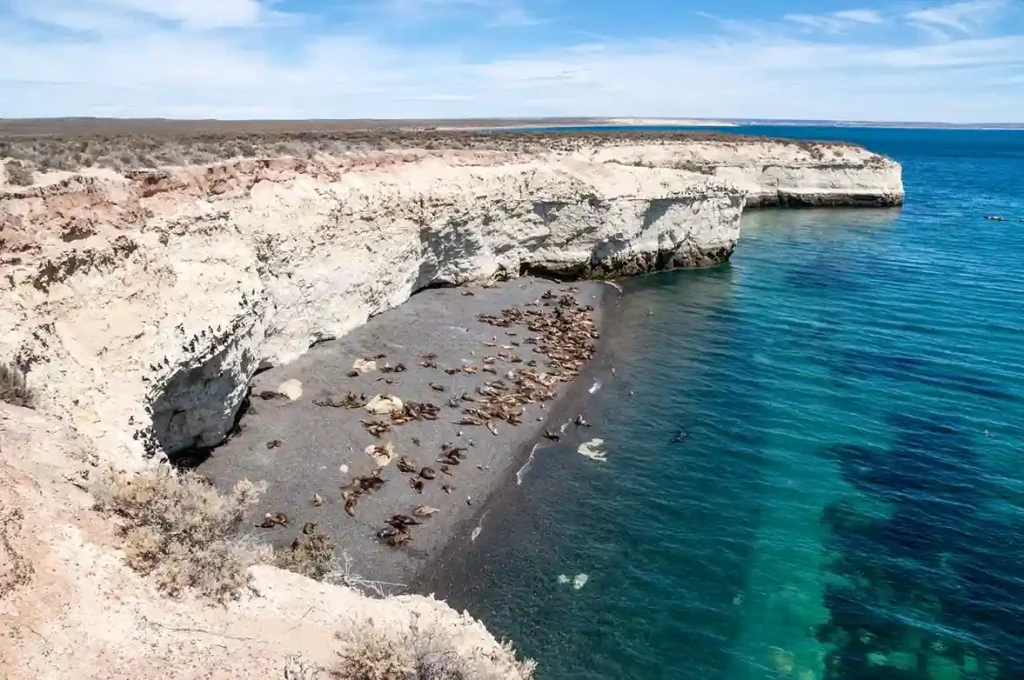
Torres del Paine is renowned for its trio of granite towers, but the park offers so much more: azure lakes, roaring rivers, icebergs, and wildlife. From pumas to herds of guanacos (wild llamas), the fauna here is impressive – you can even attempt to spot the “Patagonian Big Five” wildlife species (pumas, guanacos, huemul deer, Andean condors, and rheas) while exploring.
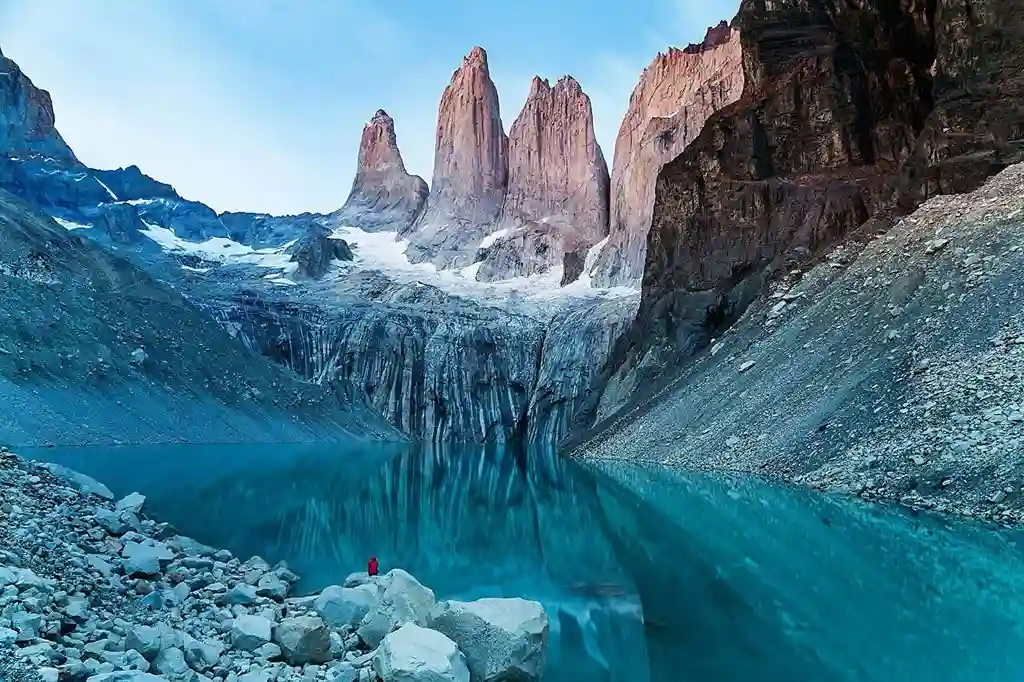
Puerto Natales, Chile: A small, pleasant waterfront town, Puerto Natales is the main jumping-off point for Torres del Paine (about a 2-hour drive away). While the town itself is low-key, it has a lovely setting on Última Esperanza (Last Hope) Sound, with mountains in the distance. From Puerto Natales, one highly recommended excursion is the boat trip to Balmaceda and Serrano Glaciers.
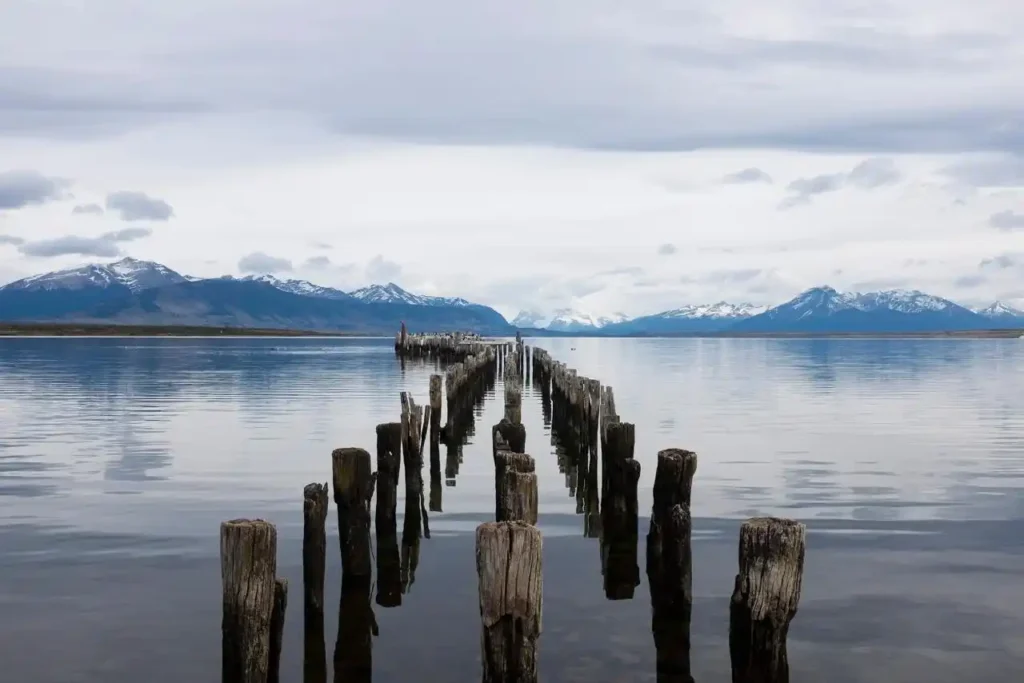
Before we wrap up our guide on planning a trip to Patagonia, here are two sample multi-day itineraries to help with Patagonia itinerary planning.
For those who prefer a guided option, the Wonders of Patagonia tour combines Buenos Aires, Ushuaia, Perito Moreno Glacier, and Torres del Paine into one curated 11-day journey.
Looking for a ready-made adventure? Our Wonders of Patagonia is an 11-day curated tour through Argentina and Chile, designed for travelers who want a seamless and unforgettable journey without the stress of planning every detail.
This luxury tour highlights the best of Patagonia with expert guidance and smooth logistics, including:
Essentials
Clothing
Footwear
Accessories
Gear & Hiking Extras
Patagonia is a destination that truly lives up to the hype. Whether you’re drawn by the fame of its landscapes or the challenge of its trails, whether you’re going solo, with friends, or with family, a well-planned Patagonia journey will reward you with memories to last a lifetime.
In the end, planning a trip to Patagonia is about balancing practical logistics with the spontaneity of adventure. Once you’re there, don’t forget to pause and simply take it all in – the silence of a glacier valley, the sound of wind in the lenga trees, and the sight of Andean condors soaring above. Few places on Earth offer such profound natural grandeur.